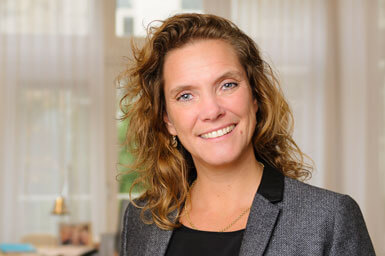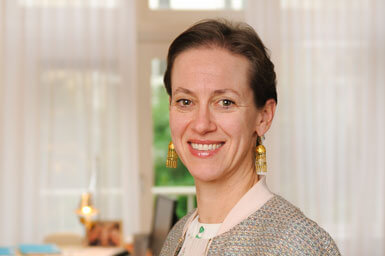News
Amended Benelux Trademark Rules
April 2019 – by Silvie Wertwijn and Micheline Don
Based on the new European Trademark Directive and further harmonization of trademark law at EU level, the new Benelux Convention on Intellectual Property has been amended and entered into force on 1 March 2019. The main changes read as follows.
-
From now on trademarks can be reproduced not only graphically
Until 1 March 2019, a trademark could only be registered, if it was graphically reproducible. Presently, this condition of graphic reproducibility has been deleted. However, the sign must be described and laid down in an exact and clear manner. For instance, a sound mark can now be registered based on an MP3 file instead of a stave.
-
Clear and exact description of goods and services
The condition of clear and exact description of goods and services in the trademark registration is codified in conformity with the well-known IP-Translator decision.
-
Extension of exclusion grounds for shape marks
Current laws exclude registration as trademark of three-dimensional shapes in the event that the shape
(a) is defined by the nature of the goods, or
(b) is necessary to achieve a technical result, or
(c) gives substantial value to the goods.
In reality this means that a shape is usually not suited for registration as trademark, but also that if the mark does not consist of a shape, but of characteristics (other) than the shape which are also defined by the nature of the good, which give substantial value to the good or which are necessary to achieve a technical result, the mark can indeed be registered.
In the new situation, the exclusion grounds have been extended. If a feature other than the shape is defined by the nature of the good, gives the good essential value or is necessary to a technical result, a sign cannot be registered as trademark anymore. Other features of goods, in the event that they are inherent in the good, are therefore also excluded – such as color. -
Rules for registration of certification marks
Under the old laws a distinction was made between two kinds of marks, i.e. the individual marks and collective marks. The individual mark is used to distinguish the products or services of the trademark owner himself from the ones of others. A collective mark is used to distinguish one or more common characteristics of goods and/or services. For instance, the ECHTE BAKKER (“REAL BAKER”) and the KEURSLAGER (“CERTIFIFED BUTCHER”); they are quality marks. The trademark owner does not use the trademark himself, but supervises whether the users of the quality mark meet specific conditions laid down (e.g. quality criteria and requirements to the production process).
In the new situation the collective mark will be called “certification mark” and involves that the products or services of the users of the mark meet specific conditions which have been predetermined by the trademark owner. After 1 March 2019, the collective mark serves to indicate that products or services come from a company which is a member of a specific organization. The owner should be an association or a public law entity and may be a geographical origin indicator. It is typically a mark used by an association of producers, for instance a group of agriculturists from a specific region.
-
Reinforcement/extension rights of trademark owner and defendant
With the new rules the position of the trademark owner has been reinforced in several respects. For instance, the trademark owner has obtained the possibility to take steps against use of a mark in comparative advertising, against preparatory acts in case of a threat of infringement and against counterfeit goods in transit.
On the other hand, the options for the defendant to ask for proof of preserving use have been increased and the conditions to referring trademark use have been become stricter. Moreover, from now on litigation by the trademark owner is not only ruled out against use of descriptive signs, but also against use of (otherwise) non-distinctive signs.

